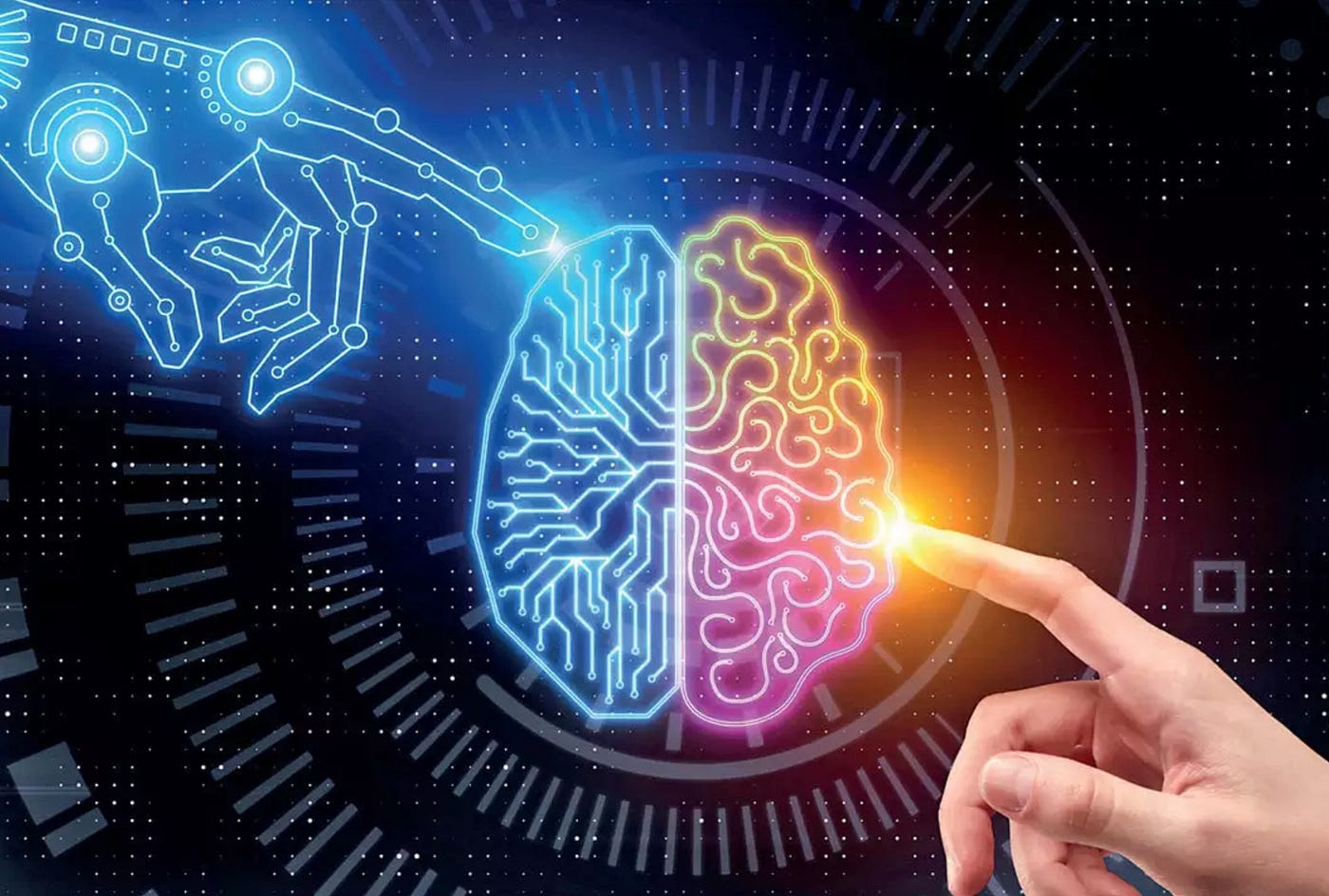

In the ever-evolving landscape of artificial intelligence, one of the most compelling advancements is the development of ultra-realistic AI voices. This technology, which powers everything from virtual assistants to customer service bots, hinges on the intricate and fascinating field of speech synthesis.
Human speech is a complex phenomenon, involving various elements like tone, pitch, and emotion. Replicating this in AI requires a deep understanding of how we produce and perceive sound. The challenge for engineers is not just in generating speech but in making it sound natural and human-like.
The journey from text to speech in AI systems begins with processing the input text. This involves analyzing the text for phonetic content and understanding the context to deliver speech with the right intonation and rhythm. Traditional text-to-speech systems relied on concatenated speech, where snippets of recorded speech were stitched together. However, this often resulted in robotic-sounding voices.
The breakthrough in achieving natural-sounding speech came with the advent of deep learning. By leveraging neural networks, AI can learn from vast datasets of human speech, understanding nuances and variations. Technologies like LSTM (Long Short-Term Memory) networks enable AI to learn patterns in speech, while GANs (Generative Adversarial Networks) are used to generate voices that are increasingly indistinguishable from human speech.
Natural Language Processing (NLP) plays a crucial role in making AI voices sound realistic. NLP helps the AI understand context, sarcasm, and even humor, allowing it to respond in a way that feels more natural. This involves not just recognizing words but understanding the intent and emotion behind them.
Creating ultra-realistic AI voices is not without its challenges. Ensuring that the voices carry emotional weight and can handle complex linguistic elements is an ongoing task. Moreover, as these voices become more lifelike, ethical considerations come into play, especially concerning privacy and the potential for misuse.